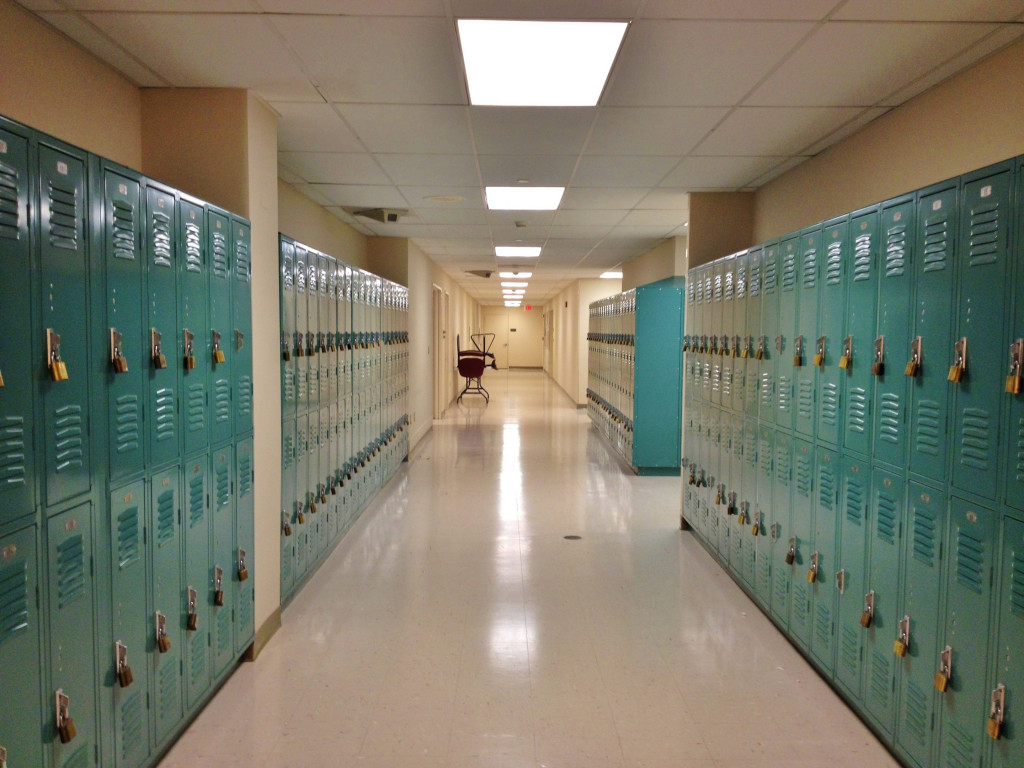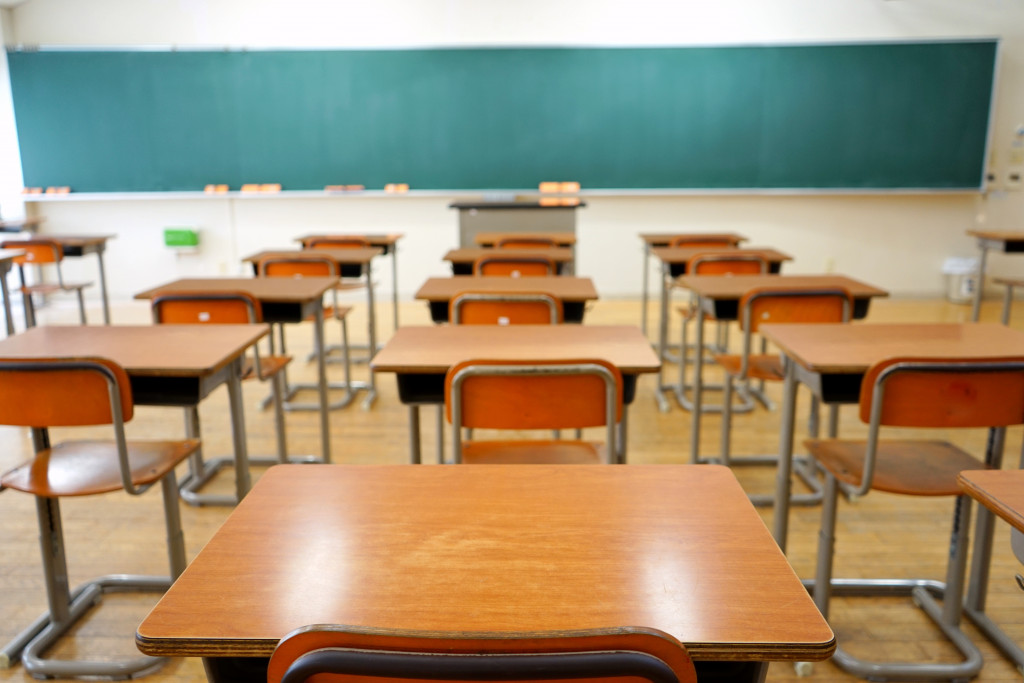Schools are considered safe environments for children. At least, that is the minimum expectation of each parent. However, this expectation is coming into question, as the country reels from various deadly school shootings in recent history. No one can truly predict when or where school violence might occur again.
If you are in the business of security and are marketing your services to school districts, know that you will be taking on a crucial role in keeping children in schools safe. Your business proposals should convincingly address possible risks and threats against children. It’s been found that children who feel unsafe show diminished learning.
Your business can be instrumental in helping schools provide safer physical environments for their learners. Conduct security audits on your target clients’ premises, identify potential risk areas, and present solutions to these.
Risk Areas Around the School Grounds
One of the first things to inspect in a potential school client is the areas adjacent to its grounds. These areas are frequently where students engage in illicit behaviors. Thus, there is a heightened risk for criminal activity in these locations, either by the students themselves or outsiders.
If the school is in proximity to a known drug or alcohol trade, this increases the risks for intoxicated antisocial behavior, again either by students or by others.
If there are industrial facilities nearby, this could be a risk to students’ and staffs’ exposure to toxic substances, some with detrimental effects on brain development and overall health.
Your solutions: Most jurisdictions are well within their rights to impose restrictions on the sale of tobacco, alcohol, weapons, and other child-detrimental activities within a specified radius around school premises. Paroled or registered sex offenders are likewise restricted, like residing close to school areas. Look into what restrictions apply to your school client and how the community is enforcing them.
Explain to your school client that off-campus risk factors are potential threats to the students’ well-being. Present how you intend to ensure that you are on top of external risk factors. You may even include a few recommendations about modifications in landscaping (ex. trimming overgrown hedges) or fencing (ex. transitioning from block fences to wrought iron grill fences) that could improve visibility to concealed areas.
Propose to your school client to conduct periodic touch-base discussions with nearby industrial facilities to become aware of safety measures in place and encourage the school to include protective measures against hazardous materials.
Blind Spots
Blind corners, alcoves, and enclosed stairwells are concealed areas inside school buildings that may also be hotspots for inappropriate student behavior such as bullying, harassment, drug use, and others. Some areas inside schools are easily monitored when they are empty but may be a challenge during peak use, such as before, between, and after classes.
Your solutions: Propose an increase in natural surveillance to allow staff to observe activity or disturbances easily. Convex mirrors, windows, or observation posts could be helpful improvements for concealed school areas. Another option is to improve or increase surveillance camera installations. Better scheduling may also help to limit traffic in school hallways, locker rooms, or gym bathrooms.

Lockdown Capabilities
Wherever in the school students and staff find themselves during a crisis, the first questions asked would be about how to call for help, how to protect themselves, and if there is anything they can do to alleviate the crisis. First, audit each classroom to check if each can act as a “panic room” at a moment’s notice. Does each classroom have the equipment to communicate with administrators or emergency responders? Can each classroom be securely locked from the inside, preventing destructive forces from entering? Are there emergency exits? Other locations to audit are those frequented by students and staff, such as libraries, locker rooms, cafeteria, etc.
Your solutions: It is likely not feasible to equip every room in the school with communication devices and, even less so, emergency exits. Propose to your school client to augment public address and intercom system installations, reinforce room doors, and better determine proximal and common emergency exit points that students and staff will be regularly oriented on, especially during emergency drills. Explain that school administrators should maintain the ability to update the population to go into lockdown, relocate, or evacuate as needed.
It is valuable to have an emergency response system in place. Be involved in periodic drills to improve awareness and refine its flows over time. Disaster drills not only drive awareness and vigilance but also discourage complacency among the students and staff. Seriously consider including the integration of an emergency safety alert system for schools in your proposal.
High-risk Areas Within the Premises
It’s been reported that at least 9% of students stated that they avoid one or some places in school out of fear of being attacked, with a majority saying that they steer clear of stairwells and hallways. Stairwells and hallways are areas prone to intermittent congestion, then extended periods of isolation when human traffic is bare. Other feared spots include entryways, parking lots, and bus stops.
Your solutions: Unoccupied spaces frequently invite a congregation of people. Keeping hallways clear of, say, lockers will facilitate smoother traffic of people, which will be easier to monitor. Lockers may be concentrated into locker bays with separate surveillance or monitoring systems. Other areas away from main thoroughfares can be placed under natural surveillance. Recommend to place staff break rooms at strategic locations so each general student area can be monitored naturally. The installation of convex mirrors can improve crowd and corner monitoring. Also, explain that fields of vision may be hampered by large equipment such as vending machines, and so these are best placed in cafeterias, not hallways.
For adequate school security, it is essential to conduct building security audits. This is to assess potential threats to students and staff and avert illicit behavior that may cause harm or injury to others. In trying to land a contract with a school client, offer to conduct a security audit and include recommendations in your service proposal.
